Forces are like invisible hands that move, stop, and change the direction of everything around us. Understanding forces is fundamental to knowing how objects interact. In this study note, we will explore various types of forces, how they work, and examples of each type. Let’s dive into the world of forces to see how they shape our universe.
I. Gravitational Force

Gravitational force is the force of attraction between two masses. This is the force keeping planets in perfect orbit around the sun. Gravity also causes objects to fall to the ground when dropped.
All objects with mass create a gravitational attraction towards other mass-containing objects. The larger the object, the greater its gravitational force. This is evident in the gravitational pull between the Earth and the Moon, which keeps the Moon in orbit around the Earth.
The gravitational force (F) can be calculated using Newton's Law of Universal Gravitation:
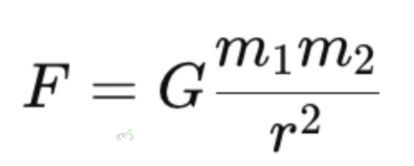
Where:
- G is the gravitational constant
- m1 and m2 are the masses of the objects
- r is the distance between the centers of the two masses
II. Electromagnetic Force
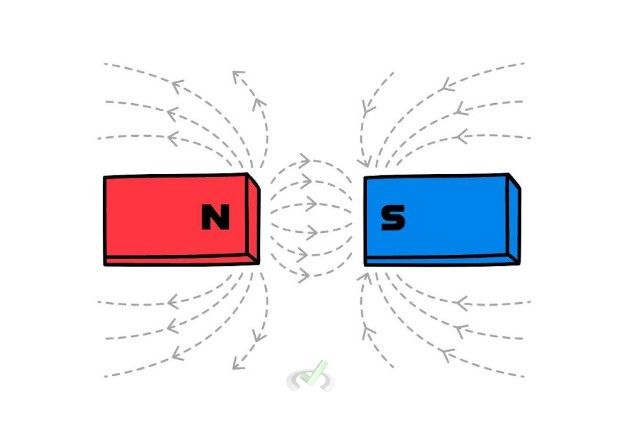
The electromagnetic force includes both electric and magnetic forces. These forces are responsible for the behavior of charged particles. Like charges repel each other, while opposite charges attract.
Magnetic forces act between magnets and magnetic materials. For instance, the force that holds electrons in orbit around the nucleus of an atom is an electromagnetic force.
Coulomb's Law for electric force is given by:
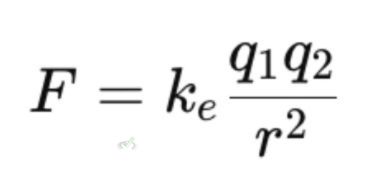
Where:
- ke is Coulomb's constant
- q1 and q2 are the charges
- e is the distance between the charges.
The magnetic force can be calculated using:
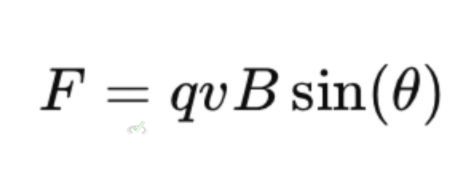
Where:
- q is the charge
- v is the velocity of the charge
- B is the magnetic field strength
- θ is the angle between v and B
III. Nuclear Force
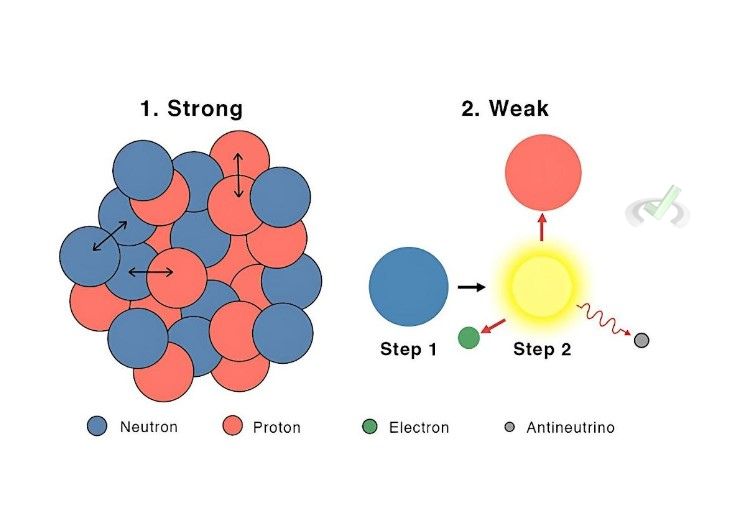
Nuclear forces are the forces that act between the particles within an atomic nucleus. These forces are much stronger than gravitational or electromagnetic forces but act over very short distances. There are two types of nuclear forces: the strong nuclear force and the weak nuclear force.
The strong nuclear force holds the nucleus together. Meanwhile, the weak nuclear force is responsible for radioactive decay. For example, the strong nuclear force binds protons and neutrons in an atomic nucleus.
IV. Frictional Force
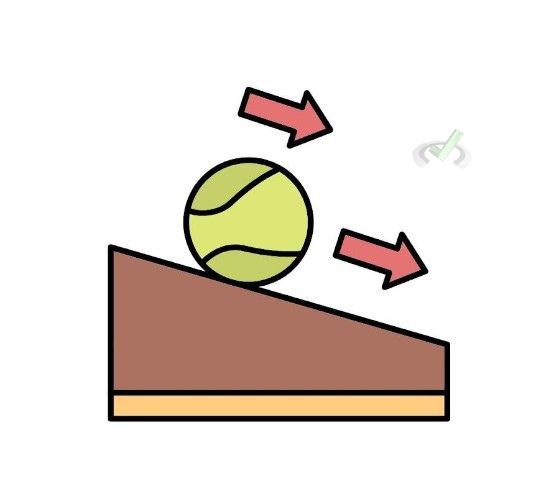
The frictional force is the force that opposes the motion of two surfaces that slides past each other. There are two main friction types: static friction, which prevents motion, and kinetic friction, which resists motion. When you push a book across a table, the frictional force slows it down and eventually stops it.
Frictional force FfFf can be calculated using:
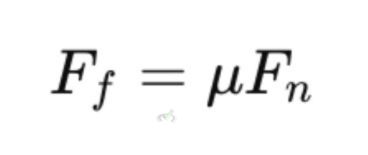
Where μ is the coefficient of friction, and Fn is the normal force.
V. Tension Force
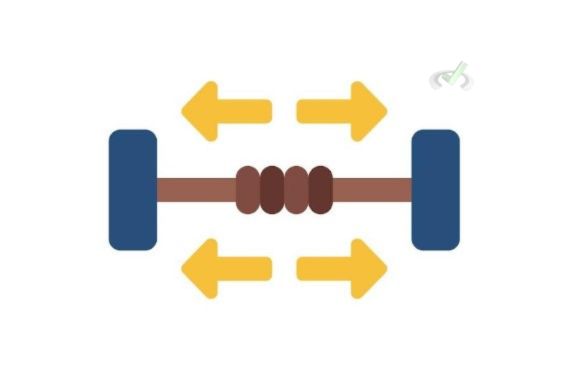
Tension force is the pulling force transmitted along a rope, string, or other object. Tension acts along the object's length and pulls equally on the objects on either end.
For example, the tension in a rope holding up a hanging object keeps it from falling. Tension in ropes can be explained by considering equilibrium in systems, such as pulleys, where the forces must balance out.
VI. Normal Force
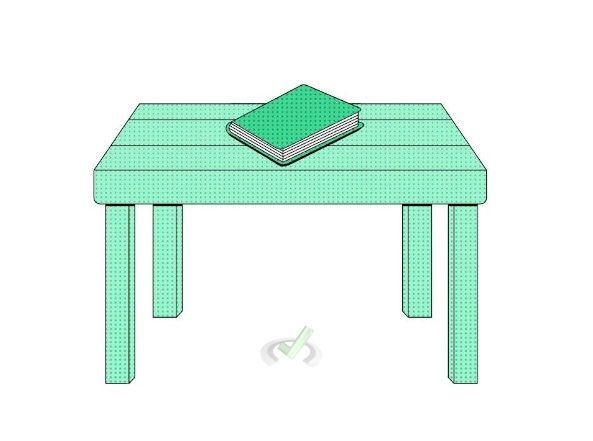
Normal force is the support force exerted by a surface perpendicular to an object resting on it. It prevents objects from "falling" into whatever they are resting on. When a book is placed rested on a table, the table exerts an upward normal force to support the book.
The normal force Fn is often equivalent to the gravitational force acting on the object if the surface is horizontal:
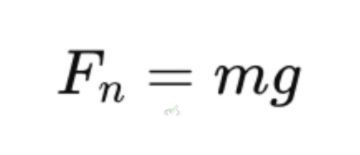
Where:
- m is the mass
- g is the acceleration due to gravity
VII. Air Resistance Force
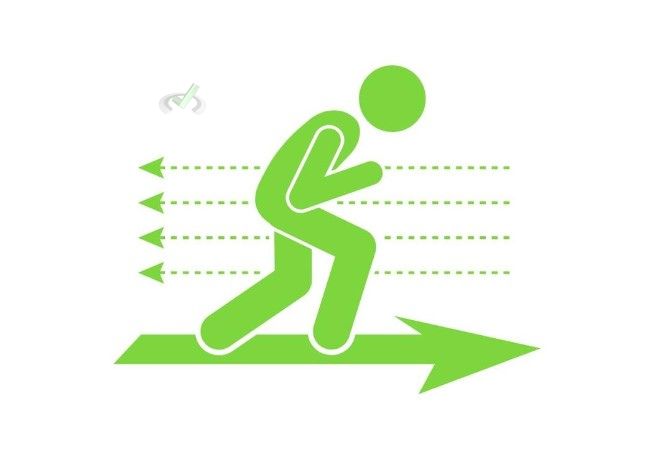
Air resistance force, also known as drag, opposes an object's motion through the air. It depends on the object's speed, shape, and surface area. For instance, a parachute slows down a skydiver as it falls through the air.
Drag force Fd can be calculated using:

Where:
- Cd is the drag coefficient
- ρ is the air density
- A is the cross-sectional area
- v is the velocity
VIII. Applied Force

The applied force is a force that is exerted to an object by a person or another object. This force can cause an object to move, change direction, or change shape. Examples include pushing a door open or lifting a box.
Applied force relates to Newton's Second Law of Motion:

Where F is the force, m is the mass, and aa is the acceleration.
IX. Spring Force
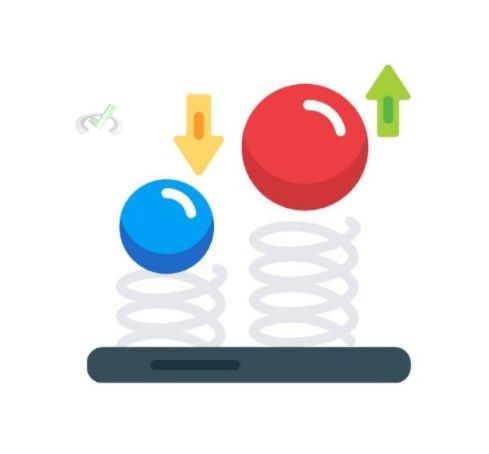
Spring force is the force exerted by a compressed or stretched spring upon any object attached to it. It follows Hooke's Law that states that the force exerted by a spring is proportional to its displacement. An example of spring force is the force that causes a compressed spring to return to its original length.
Hooke's Law is given by:
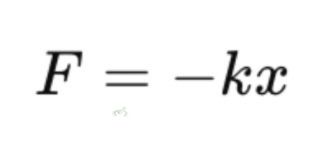
Where;
- k is the spring constant
- x is the displacement from the equilibrium position
X. Comparison Table for Forces
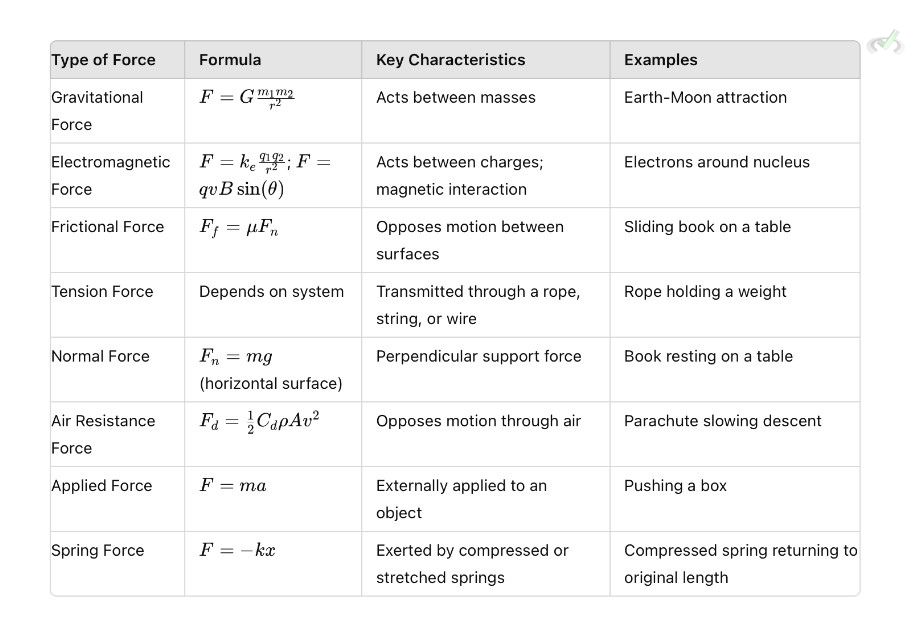
XI. Table of Coefficients and Constants

XII. Advanced Applications and Connections
Understanding the basic types of forces lays the groundwork for more advanced topics in physics. These concepts are essential for studying mechanics, electromagnetism, and quantum physics. For instance, in the MCAT, you will explore how these forces work in complex systems, such as:
Newton's Laws of Motion
These laws explain how forces cause motion and change. There are three laws:
- First Law (Inertia): An object will remain at rest or move in a straight line at a constant speed unless acted upon by an external force. This explains why you need to push a stationary car to get it moving and why it continues to move until you apply the brakes.
- Second Law (F = ma): The force acting on an object equals its mass multiplied by its acceleration. This law explains how the force you apply to an object affects its movement. For example, pushing a shopping cart with more force accelerates it faster.
- Third Law (Action and Reaction): For every action, there is an equal and opposite reaction. This principle is why you move backward when you push against a wall or why rockets can launch into space.
Work and Energy
Work and energy are closely related concepts in physics.
- Work: When a force causes an object to move, work is done. It is calculated as the product of the force and the distance moved in the direction of the force: W=F×dW=F×d. For example, lifting a book from the floor to a shelf requires work.
- Energy: The capacity to do work. Energy can exist in various forms, such as kinetic (motion), potential (position), thermal (heat), and more. Understanding how energy transforms from one form to another helps study mechanical systems, electrical circuits, and thermodynamics.
Fluid Mechanics
Fluid mechanics studies how fluids (liquids and gases) move and the forces acting on them. Key principles include:
- Buoyancy: The upward force exerted by a fluid on an object placed in it. This force is why objects float in water.
- Pressure: The force exerted by a fluid per unit area. It is calculated as P=FAP=AF, where FF is the force, and AA is the area.
- Bernoulli's Principle: As the speed of a fluid increases, its pressure decreases. This principle explains how airplanes generate lift.
XIII. Wrap-Up and Key Terms
Forces are a fundamental part of physics that explains how objects interact. By understanding the different types of forces and their characteristics, we can better understand the natural world and apply this knowledge to various fields of science and engineering.
Key Terms
- Force: A push or pull on an object.
- Gravitational Force: The attraction between two masses.
- Electromagnetic Force: Force between charged particles.
- Nuclear Force: Force within the atomic nucleus.
- Frictional Force: Force opposing motion between surfaces.
- Tension Force: Force transmitted through a string or rope.
- Normal Force: Support force from a surface.
- Air Resistance Force: Force opposing motion through the air.
- Applied Force: Force applied by a person or object.
- Spring Force: Force exerted by a spring.
XIV. Practical Test
Sample Practice Question 1
Which of the following best explains why a book sliding across a table slows down and eventually stops?
A. Gravitational force
B. Electromagnetic force
C. Frictional force
D. Tension force
Ans. C
The frictional force opposes the motion of the book as it slides, causing it to slow down and eventually stop.
Sample Practice Question 2
If a 5 kg object is accelerated at 2 m/s² by an applied force, what is the magnitude of the applied force?
A. 2.5 N
B. 5 N
C. 10 N
D. 15 N
Ans. C
According to Newton's Second Law, F=ma. Here, m=5 kg and a=2 m/s². Therefore, F=5×2=10 N.







 To help you achieve your goal MCAT score, we take turns hosting these
To help you achieve your goal MCAT score, we take turns hosting these 





















 reviews on TrustPilot
reviews on TrustPilot